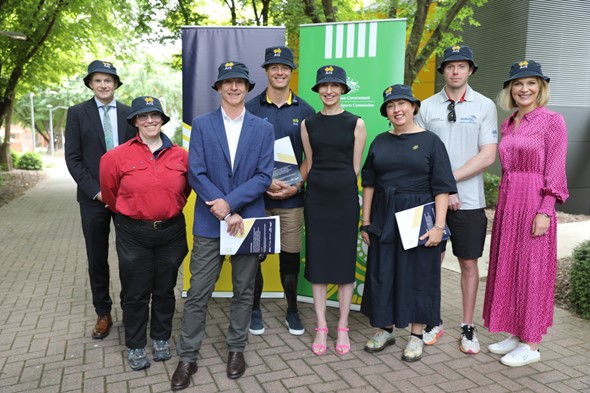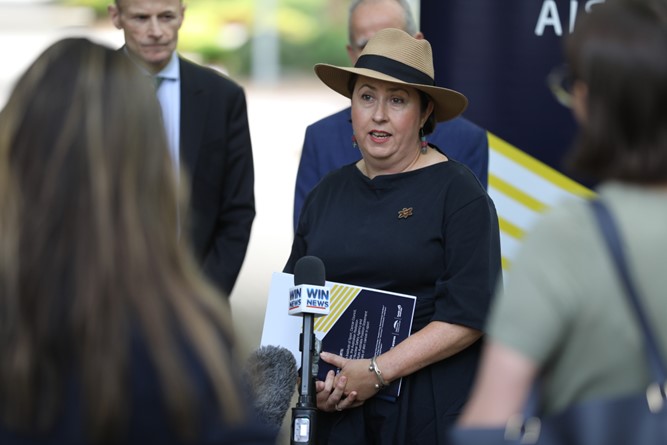
The Australian Institute of Sport (AIS) has joined forces with Cancer Council and the nation’s peak expert bodies on skin cancer and UV radiation to ensure everyone involved in sport, from volunteers to Olympians and Paralympians, are Sun Safe this summer.
Developed alongside Paddle Australia, Cancer Council, Melanoma Institute of Australia, and Australian Radiation Protection and Nuclear Safety Agency (ARPANSA), the AIS Sun Safe Position Statement aims to reduce the risks of skin cancer in sport.
With the Australian Men’s Canoe and Kayak team spending a week training in 30+ degree conditions and sunny weather at the AIS, co-author and three-time Paralympic gold medalist Curtis McGrath OAM said the position statement is a vital guide for every Australian taking part in sport this summer.
“I think it’s incredibly important for athletes to be aware of the sun and UVA risks but sports also have a huge responsibility to make sure that everyone involved in sport, support staff, coaches, volunteers and family members, are also aware of the risks,” McGrath said.

“Having an understanding of what the risks are allows them to policies and infrastructure and protection measures for those people that are coming along the journey of the athlete as well.”
McGrath and Paddle Australia teammate Olympian Jamie Roberts sparked the development of the Sun Safe Position Statement with AIS Chief Medical Officer Dr David Hughes AM, following teammate Bernadette Wallace being diagnosed with melanoma in 2020.
“I am so proud that we have exceptional leadership from our athletes to thank for what is a landmark document and an important resource for sports not just in Australia, but worldwide,” Dr Hughes said.
“Australia has the highest rates of skin cancer in the world and athletes participating in outdoor sports may be at greater risk for skin cancer because of high cumulative sun exposure, inadequate use of sun protection, and low skin cancer health literacy.
“It really comes down to following the ‘Slip, Slop, Slap, Seek, and Slide’ behaviours and ensuring our sports have the information they need to develop a positive sun protection culture.”
When it comes to developing a positive sun protection culture, the AIS Sun Safe Position Statement recommends the following five levels of sun protective measures:
- Elimination: Can the person move indoors?
- Substitution: Can the person be outside earlier or later in the day to avoid periods of peak UV exposure?
- Engineering controls: Can shade be provided?
- Administrative controls: Is there a UV policy? Is there a training uniform policy? Are reminders regularly communicated? Have staff been trained and educated? Can events be scheduled better to reduce exposure?
- Personal Protection Equipment: Can uniforms provide more protection? What strategies can support regular use? Can it be mandated? Is there consultation? Can changes be piloted?






